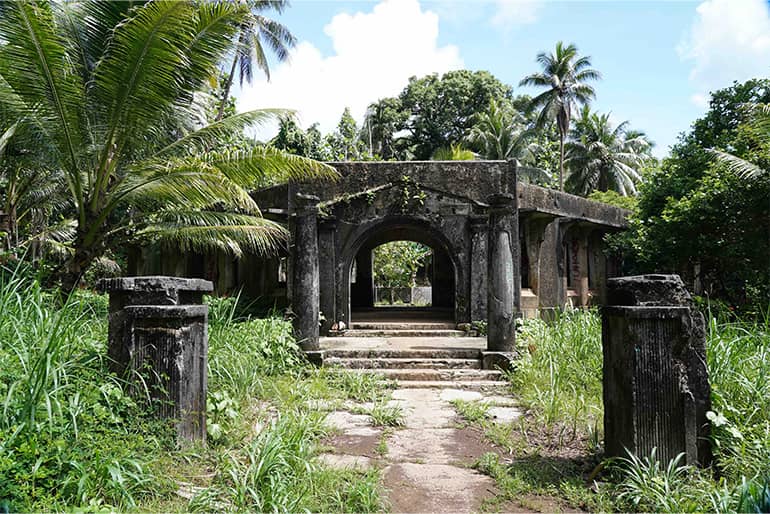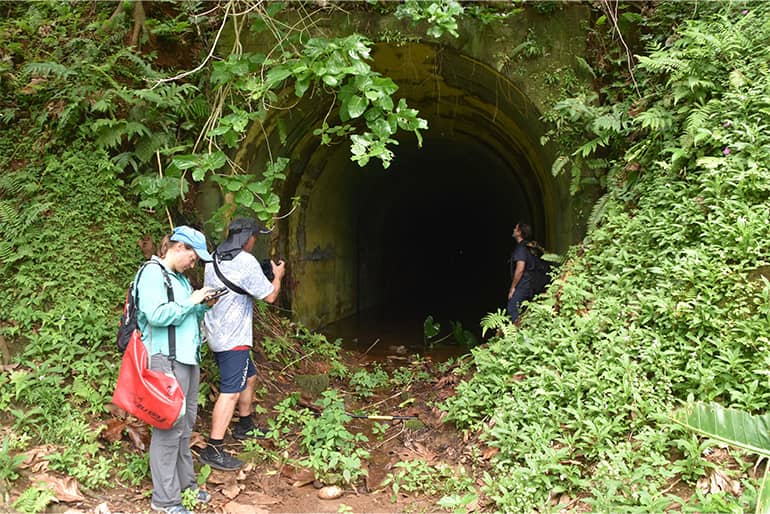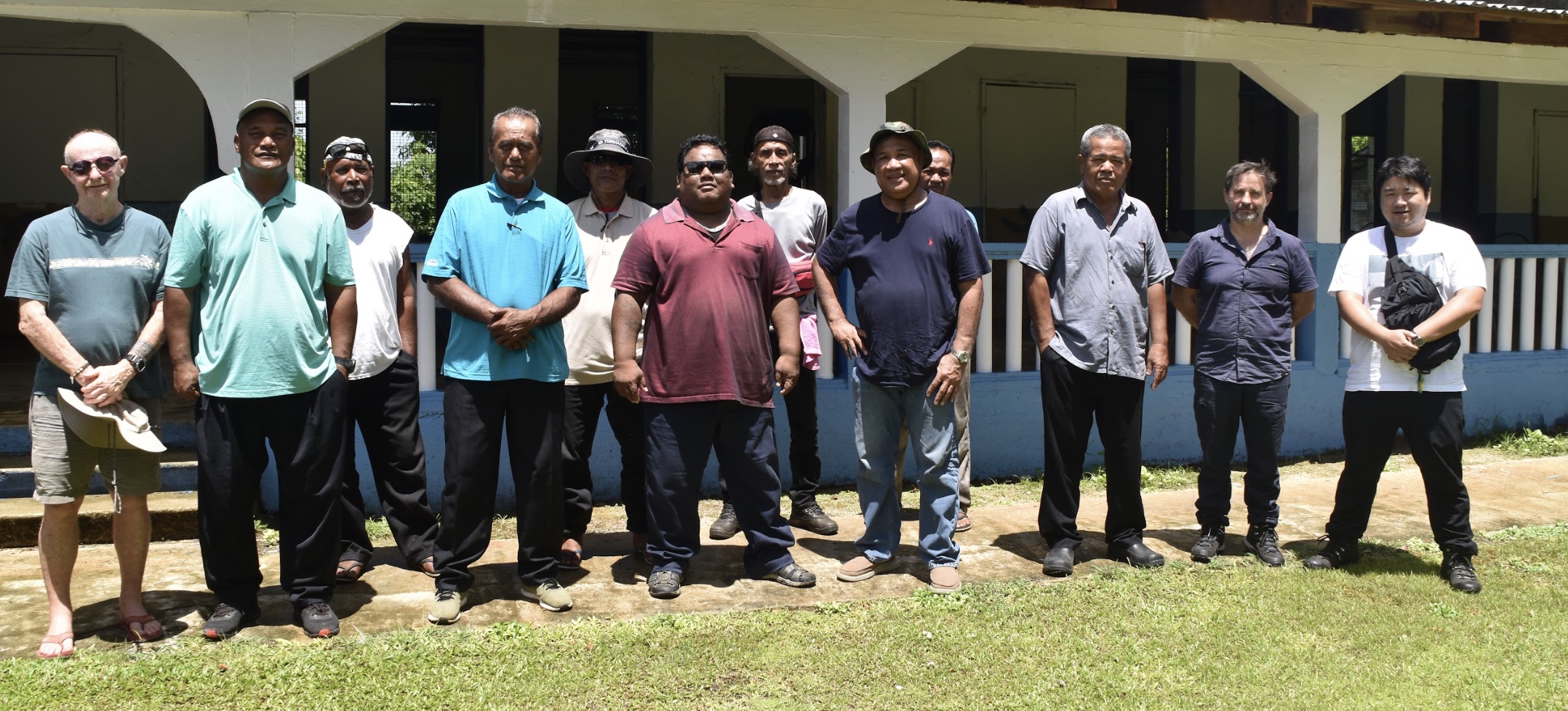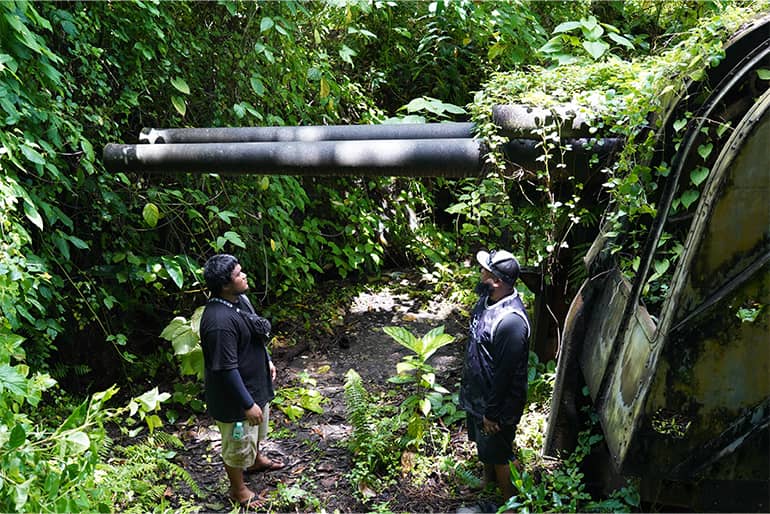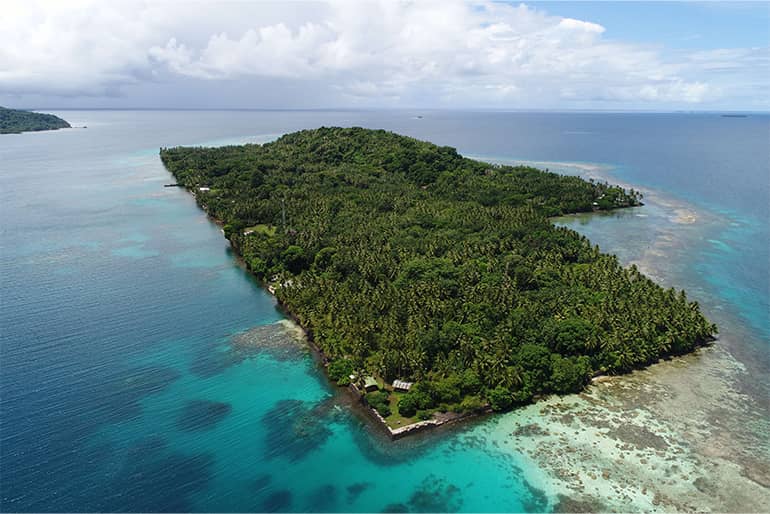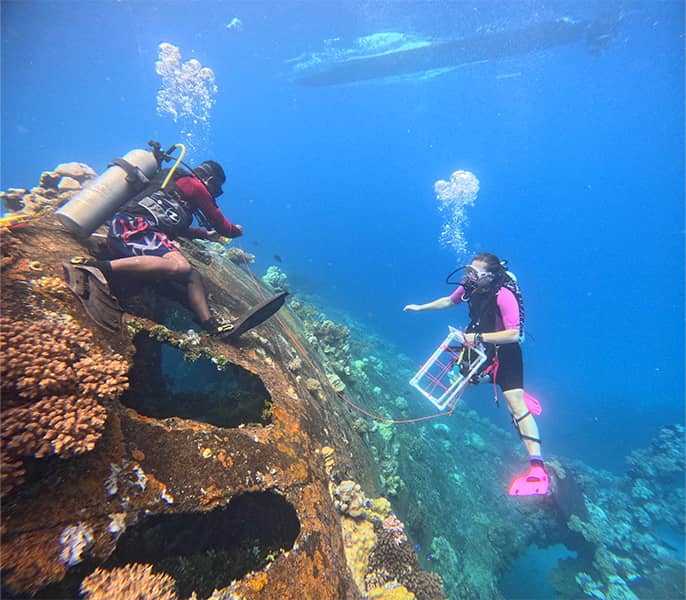UOG professor leads efforts to document little-known wartime past of Chuuk Lagoon
UOG professor leads efforts to document little-known wartime past of Chuuk Lagoon
UOG professor leads efforts to document little-known wartime past of Chuuk Lagoon
2/27/2024
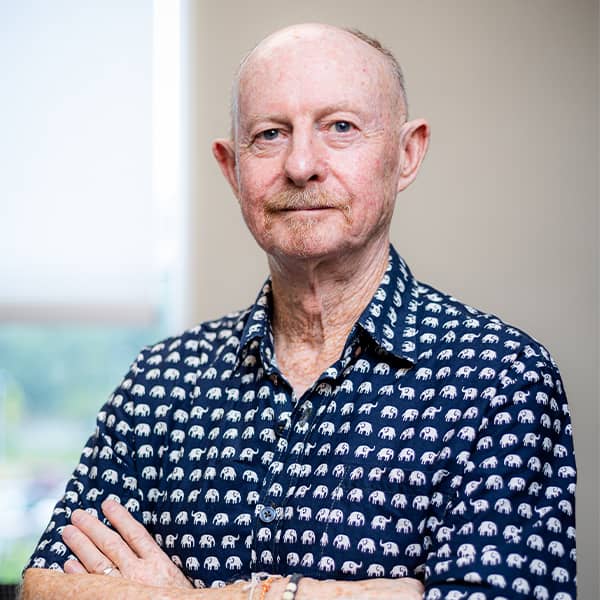
The remnants of World War II echo deep throughout the Pacific, and that's no truer than in Chuuk Lagoon, where dozens of Japanese military ships have met their watery graves. Nearly 7,000 tons of ammunition were dropped onto Chuuk over 18 months, during U.S. bombings that began in February 1944. At least 50 to 60 major ships were sunk in the lagoon, and more than 5,000 Japanese and 1,000 Chuukese died.
Today, shipwrecks are a major attraction for Chuuk, drawing in tourists and researchers alike. But having been a significant military base for Japanese forces in the Pacific, there is more to the story of World War II in Chuuk than what can be found underwater.
A team led by Dr. William Jeffery, Associate Professor of Archaeology and Micronesian Studies at the University of Guam, is hoping to shed light on underrepresented stories and sites at Chuuk Lagoon and develop a more comprehensive view of the war in this area. Tonoas, an island in the lagoon, served as the wartime headquarters of the Japanese in Chuuk. This is where Dr. Jeffery has been concentrating his focus.
"The war remains are not just shipwrecks. There are all these other sites on Tonoas. It was heavily bombed. It had a submarine base. It had a seaplane base," Dr. Jeffery said. The island had a small town of about 800 people, he added.
Several outcomes are planned for the project, including tourism aspects, such as developing
signs for certain sites, informative content for online, and a brochure. See below
to see a video of the project.
"The other thing we're doing on Tonoas, which is very significant, is that the war and the bombings bombed traditional Indigenous sites on Chuuk and had a big impact on traditional cultural heritage. So, we want to bring that out," Jeffery said.
Further project outcomes include developing training programs for Tonoas residents employed as tour guides and for prospective employment in historical site preservation and diving.
Dr. Jeffery also wants to connect with students from Chuuk, including those attending the UOG, as part of raising awareness about relics that serve as reminders about how the locals were affected during the war.
The project includes efforts to survey three new shipwrecks, and to document marine biology at these sites and other shipwrecks.
The project is funded through a grant from the American Battlefield Protection Program. UOG obtained the grant in 2021, but the COVID-19 pandemic delayed work on the project. A three-week survey was conducted in July 2023.
"The University of Guam is committed to advancing research that delivers public value,” said Dr. Anita Borja Enriquez, UOG President. "Dr. Jeffery's research illuminates some of the untold stories of our region's history and fosters a deeper understanding of the Pacific's wartime past and its lasting impact on Micronesia."
Also supporting the project from UOG are Dr. David Atienza, Professor of Anthropology, and Dr. Peter Houk, Professor at the Marine Lab who is advising on marine biology. Participating from outside the university are Maria Kottermair, a geographic information systems specialist; Kalle Applegate-Palmer, a marine biologist; photographer Greg Adams; and Hiroshi Ishii, a Japanese maritime archeologist.
Other partners include the Tonoas mayor's office, members of that community in Chuuk, and staff from the Chuuk Historic Preservation Office.

